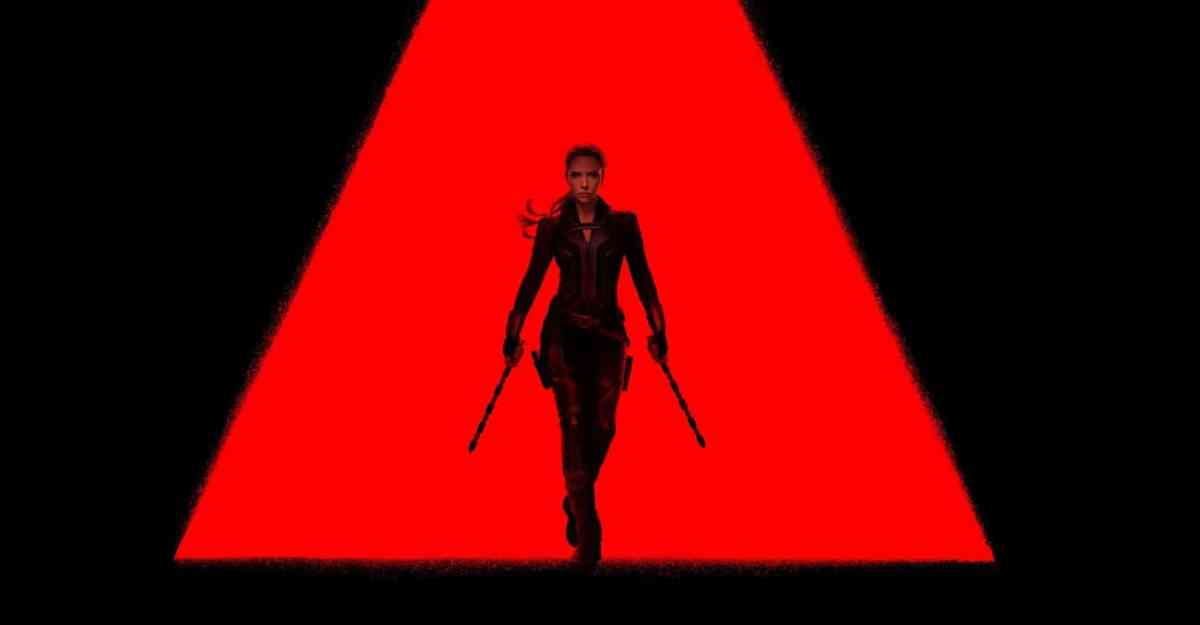NTreev’s Daniel Noss was kind enough to walk me through some of the stuff available in NTreev’s free-to-play MMO, Trickster Online Revolution.
Like many other MMOGs, Trickster Online came from Korea – all the game’s images, sound, and concepts are being developed by NTreev’s Korean parent across the Pacific. The decision to bring Trickster over to Western audiences was an interesting one. While American audiences were increasingly receptive to Korean MMORPGs, the market was in danger of being oversaturated. However, as a free-to-play game, Trickster had achieved particularly notable success in Korea, being the #1 clicked game in its genre on Neighbor (the Korean equivalent of Google).
So, NTreev made the decision to expand to the West. Eugene Kim, the COO of NTreev USA, was one of the original developers of Trickster Online, and other original Trickster developers crossed the pond to help work on the development of the USA version of the game.
One thing that separates Trickster from many other games is the daunting level cap of 400. In fact, hitting the level cap in Trickster is such a feat – and so rare – that the GM staff has thrown in-game celebrations for players about to level up, traveling to their location and setting off fireworks. For a casual player, level 400 would take a considerable amount of time – but the philosophy in Trickster is less about what you do once you hit the level cap (as in most modern RPGs a la WoW), and more about what you do getting there.
According to Noss, it’s fairly common for players to surpass level 200, and even 300 is easy enough – it’s getting from 300 to 400 that is the real challenge. At the moment, level 220 is where the “cutting edge” of content is. If you’re past 220, you’re pushing the envelope, progressing for the sake of progressing.
Like many other games in the free-to-play genre, gear in Trickster is less about getting decked out in epic phat lewtz, and more about looking how you want to look. An interesting way that Trickster handles the “Stats Vs. Appearance” dilemma is the Fusion System. The character that NTreev had kindly provided me with was level 220 and decked out in gear that resembled a dragon, with a large, flaming sword. Naturally, explained Noss, some players would like to keep this appearance – or perhaps they would like to keep the stats without calling so much attention to themselves and getting tons of people asking where they got the gear.
The Fusion System allows you to combine the stats of one piece of gear with the appearance of another. So, say you get an upgrade, but you don’t think it looks as cool – you can keep your current appearance, but get the boosted stats. Or, if you wanted, you could choose to look like a total noob, but slaughter everything in a few hits.
Combat in Trickster is fairly standard and mostly mouse-based, though you can map skills to keyboard bindings for use in combat as well. There are four different class archetypes in the game – Power, Magic, Sense, and Charm – that are all based off of different animals, and interestingly enough are divided by gender. For instance, the Male Power class is the Buffalo, specializing in AoE damage, while the Female Power class is the Bunny (man, those bunnies must be tough), specializing in single-target damage. Noss walked me through the character creation screen, which offers a decent amount of flexibility in assigning one’s stats. Every class archetype will have their corresponding stat maxed out – that can’t be changed – but you can distribute points to other stats (and future stat growth) however you like.
There’s an interesting system in Trickster that gives an XP bonus depending on your party makeup. For example, a party composed of all Buffalo would earn bonus on XP as it quested together, a party of all male or all female characters would do the same. The biggest XP bonus, though, is reserved for a party that includes one of every class archetype – a “Royal Flush” bonus.
Another peculiarity of Trickster is that NTreev really, really likes drills. There’s an entire subgame based around drilling, where players can… well, drill holes in the ground for experience, items, and money (or just because they feel like it). In fact, players can effectively level up to level 60 by drilling alone. The character that they’d given me was a Fox – Female Sense type – and had the ability to sense where items were on the map to drill up, which certainly gave me an advantage.
The main city of Megalopolis, as one might guess from the name, is where everything goes down. Naturally, there were dozens upon dozens of players there with their own player-owned shops, buying and selling gear with NPCs and other players alike. There’s an NPC in Megalopolis who will upgrade gear for you by Tempering it… as long as you get some items, including one from the RMT store.
Trickster Online Revolution is, Noss stresses, free-to-play from level 1 all the way to level 400. Like most F2P games, though, there’s a microtransaction real-money shop that they call MyShop. For example, if you want to upgrade your gear, you’ll need a catalyst called the Artisan’s Flame, purchased through MyShop.
Beyond that, the shop had your standard array of gear, items, and pets to make adventures easier – amusingly enough, the pets aren’t what one might consider “pets” per se; they are more like cute little anime-style companions that boost one’s stats (so certain pets would be more valuable to certain classes than others). Of course, if you really grow attached to your pet, you can always upgrade it so that it’s still useful once you’ve outgrown it.
In general, MyShop offers a pretty wide range of cosmetic options that run the gamut of popular anime styles – you’ve got your schoolgirls, you’ve got your ninjas, and best of all, you’ve got your giant robots. Mmm, giant robots. So if you want to plunk down a few bucks’ worth of live cash to look like you came straight out of Macross, maybe it’s worth it. (Though, given the emphasis on drilling, maybe Gurren Lagann would be more accurate…)
The entire thing has a very cute anime style, and Noss said that that’s something that players like about the game. For Halloween, they wanted to adapt the mythical figure of the Crow into the game, but felt that the original – spooky – idea wouldn’t really fit with the feel of Trickster. Solution? Make it slapstick, and it fits.
Really, though, the drilling was … just kind of addictive. Go figure.
(Thanks, Daniel! Check out the official Trickster site!)








Published: Apr 8, 2009 11:33 pm